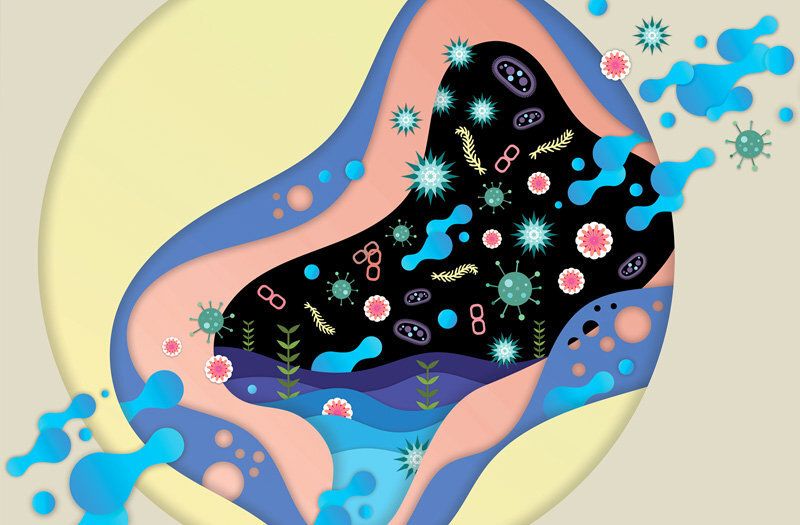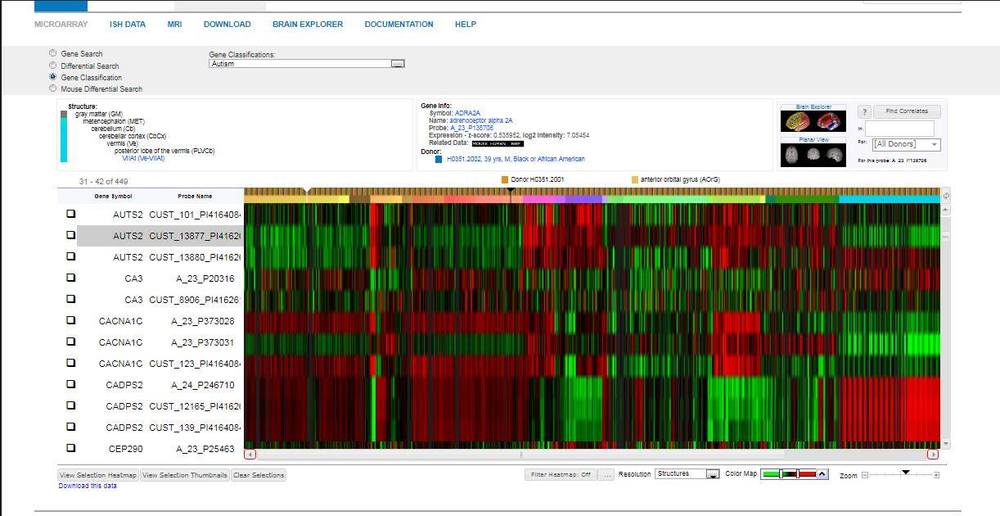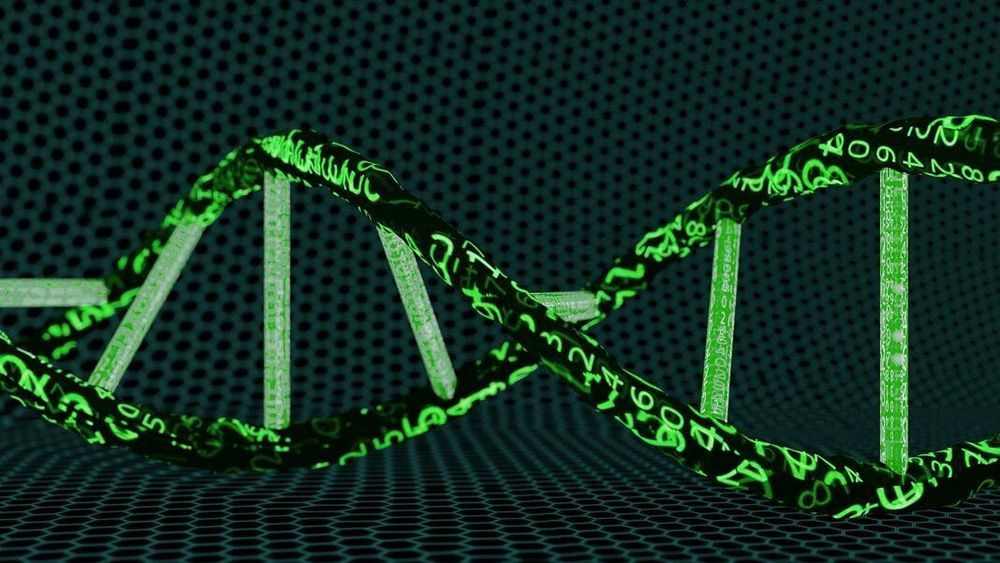Geneticists exploring the dark heart of the human genome have discovered big chunks of Neanderthal and other ancient DNA. The results open new ways to study both how chromosomes behave during cell division and how they have changed during human evolution.
Centromeres sit in the middle of chromosomes, the pinched-in “waist” in the image of a chromosome from a biology textbook. The centromere anchors the fibers that pull chromosomes apart when cells divide, which means they are really important for understanding what happens when cell division goes wrong, leading to cancer or genetic defects.
But the DNA of centromeres contains lots of repeating sequences, and scientists have been unable to properly map this region.








